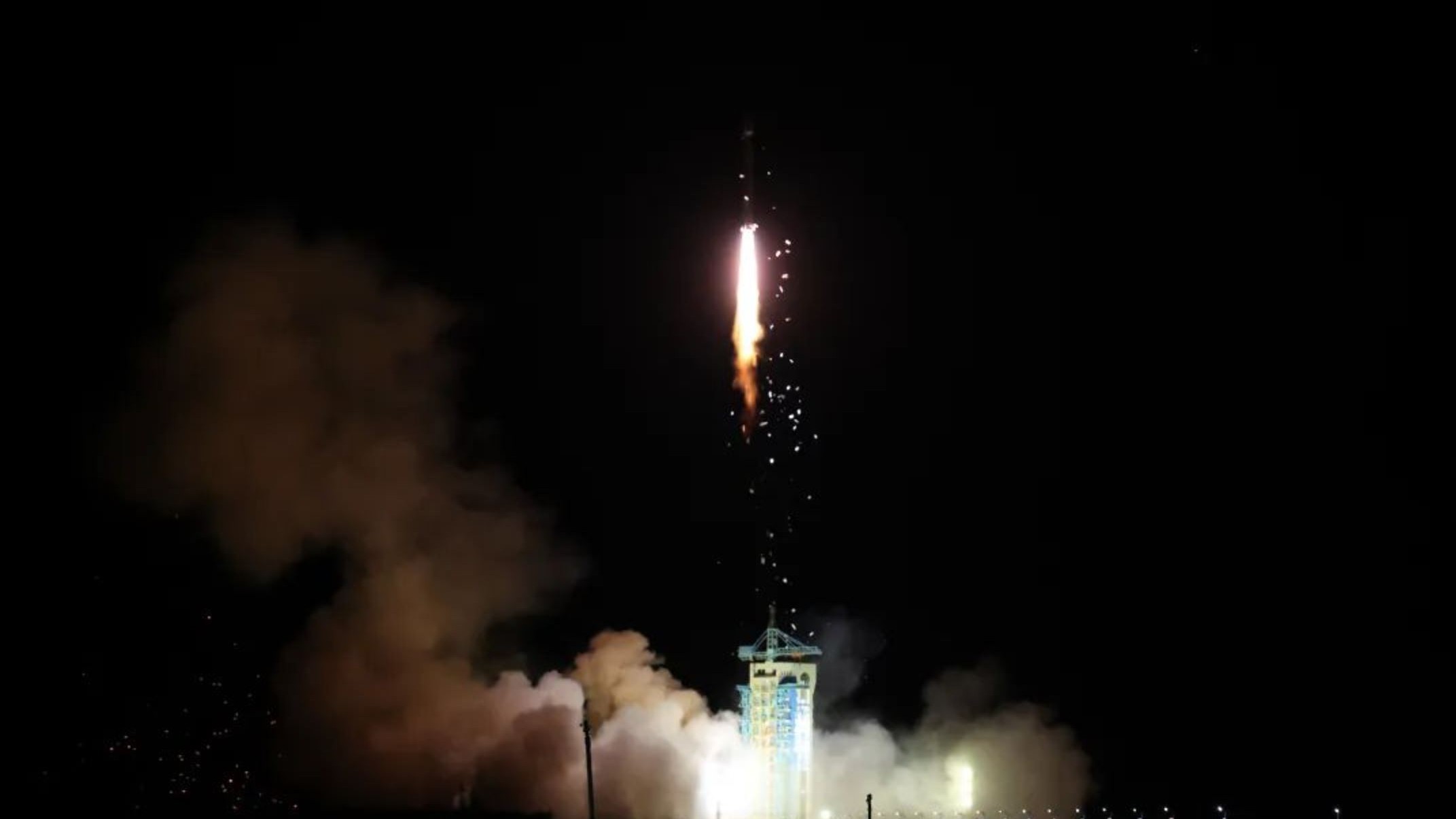China launches Gaofen Earth-observation satellite (video)
China added to its fleet of Earth-observation satellites with a new launch on Sunday.
A Long March 4C rocket lifted off from Jiuquan Satellite Launch Center in northwest China at 11:45 a.m. EDT on Aug. 20 (1745 GMT; 1:45 a.m. Beijing time on Aug. 21), according to the China Aerospace Science and Technology Corporation (CASC).
The Long March 4C's exhaust plume illuminated insulation tiles that fell away from the rocket as it climbed into the night sky above Jiuquan in the Gobi Desert.
Related: China's Long March rocket family: History and photos
Aboard was the Gaofen 12 (04) satellite, which is now in a near-polar orbit with an average altitude of around 373 miles (600 kilometers), according to U.S. Space Force tracking data. The satellite will likely raise its orbit to match that of the three other Gaofen 12 satellites, which launched in 2019, 2021 and 2022.
Little is known about the satellite and its instruments. Previously launched Gaofen 12 satellites were described as microwave remote-sensing satellites, meaning they carry synthetic aperture radar payloads.
The satellite will be used in "a variety of fields, including land surveys, urban planning, road network design, crop yield estimation and disaster relief," according to Chinese state media.
Breaking space news, the latest updates on rocket launches, skywatching events and more!
Gaofen means "high resolution" in Chinese. The new satellite joins a series of Gaofen remote sensing satellites forming the China High-resolution Earth Observation System (CHEOS), including high- and medium-resolution optical and radar satellites in a range of low Earth and geostationary orbits.
The satellite was built by the China Academy of Space Technology (CAST), the main spacecraft maker under China's state-owned main space contractor, CASC. The Long March 4C rocket was manufactured by CASC's Shanghai Academy of Spaceflight Technology (SAST).
The launch was China's 37rd of the year. CASC says it plans to launch more than 200 spacecraft via around 60 separate launches across 2023 .

Andrew is a freelance space journalist with a focus on reporting on China's rapidly growing space sector. He began writing for Space.com in 2019 and writes for SpaceNews, IEEE Spectrum, National Geographic, Sky & Telescope, New Scientist and others. Andrew first caught the space bug when, as a youngster, he saw Voyager images of other worlds in our solar system for the first time. Away from space, Andrew enjoys trail running in the forests of Finland. You can follow him on Twitter @AJ_FI.

